Businesses facing shipping emergencies have long counted on hot shot trucking to fill the gaps.
But the hotshot field didn’t just pop into existence as it is today. Rather, this bastion of emergency shipping developed slowly over time, emerging and expanding in tandem with the rest of the trucking industry. From the earliest days of pre-automotive transport to the modern era of brokers, reshoring, and JIT production systems, hot shot providers have tailored their services to the most pressing logistical challenges of their eras. By learning this history, businesses can better appreciate the true dynamism of hotshot trucking and understand what it has to offer in any environment.
We Can Help
Hot Shot Trucking Prehistory
Understanding the history of hotshot trucking, ironically, starts with looking back toward a time when there were no trucks! Long before the invention of the automobile, farmers, miners, and businesses still needed to bring supplies in and ship inventory out, and so they relied principally on horses and carts. And much like with modern logistics, while most of their items could travel on regular, planned routes, shortages and emergencies happened. In these situations, independent carriers who had horses and carts at the ready could make a world of difference for their customers. By loading up items and delivering them as needed, these carriers filled in key logistical gaps, reduced risk, and helped an early market economy to emerge.

Localized Supply Chains
Starting out, this system, like most economic activity, was highly localized— supply chains spanned only short distances, they tended to involve the same small groups of customers, and hot shot providers made themselves known by word of mouth. But as industrialization pushed forward and the economy became more complex, businesses increasingly had to bring in supplies and send out finished items over long distances. This process sped up even further with the introduction of the railroad, which expanded the range at which businesses could operate by orders of magnitude but also made delivery schedules increasingly complex. Hot shot carriers, often stationing themselves at major rail and river hubs and catering to new and expanding businesses, eased the growing pains of this changing economy.
The Birth of the Trucking Industry
While hot shot distribution has a long history in the pre- and early industrial era, true hotshot trucking requires, of course, a truck! Trucks became common as a means of supply in the United States after World War I. The US military had used them to great effect supplying their forces in unfamiliar or underdeveloped terrains; entrepreneurs saw their potential and, once back home, quickly found commercial uses. As state road building programs expanded during the 1920s and 30s, so too did trucking, which began to seriously compete with the railroad as a major source of inland transport. Then trucking absolutely exploded in the 1950s, when the construction of the Interstate Highway System radically reduced driving times over even the longest distances.

Standard Carriers
Initially, trucking was the domain of standard carriers, who made regular deliveries over fixed distances. Nevertheless, as trucks became more affordable and were adopted by a growing variety of individuals and companies, they began to be used for a wider array of purposes. Modern hotshot trucking slowly began to emerge, as independent drivers and some carrying companies began to realize the benefits of keeping trucks available to make flexible deliveries as needed. The more their customers came to rely on road transportation, they realized, the more that interruptions in road transit would cost them. Emerging hotshot trucking entrepreneurs helped their customers cut down on those costs, keep shipping smoothly, and take full advantage of the interstate economy.

A Surge in the Seventies
While hot shot trucking has been around as long as there’s been trucking, it didn’t truly begin to take off until the 1970s. During that decade, a number of crises in the American oil industry revealed the need for greater efficiency and flexibility in business logistics. The “peak oil” crisis of the early 1970s involved many US oilfields becoming suddenly unusable, putting increased pressure on the fields that were still producing. The OPEC embargo, which limited the ability of US consumers and businesses to import oil from abroad, only further increased that pressure. Considering how important oil was to the US economy at the time, it was absolutely essential that the remaining oil fields produce at full capacity.
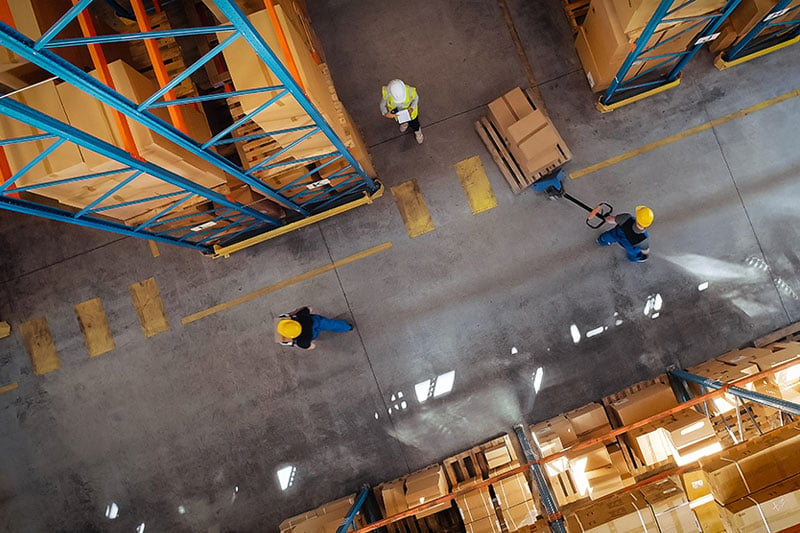
Logistical Limits
As US oil fields picked up the pace of production, however, they quickly discovered some serious logistical limits to doing so. Oil extraction depends on heavy, expensive, precise equipment, and when oil production increases, the demand for that equipment increases in tandem. Oil producers who needed to expand or replace their available equipment couldn’t just afford to wait for new devices to come in as part of regular supply shipments, because that would leave valuable oil in the ground for days or even weeks. Instead, they needed someone to bring in that equipment immediately, whether from the manufacturer, another oil field, or anywhere else it was available.
In this environment, hot shot truckers were indispensable. Carriers or even individual drivers with trucks at the ready could respond promptly to calls from oil companies. They could move equipment between oil fields, bring in essential parts and tools for repairs, deliver new devices from machinery manufacturers, and otherwise ease the pressure points that the oil industry was facing. In this way, they allowed producers and consumers to weather the storm of the 1970s more easily, thereby reducing negative economic fallout from the crises of the era and setting the stage for a robust recovery.
Flexible Deliveries
The success of hotshot truckers and carriers in the oil industry soon made it clear to other kinds of businesses how valuable this field of flexible deliveries could be. Construction companies, advanced manufacturers, and myriad other firms faced similar problems of supply bottlenecks and disruptions. They thus began calling on hot shot carriers as well, leading to an increase in demand for this service. As more truckers and carriers became interested in hot shot deliveries, the sophistication of this field began to grow. Hotshot trucking became less dominated by individual truckers and small firms; instead, larger carriers began to break into this field, as did brokers who could coordinate multiple individual drivers or even multiple carriers.
Technology Takeoff
As hot shot trucking has become increasingly common and increasingly sophisticated, hotshot truckers, carriers, and brokers have sought to keep their industry at the cutting edge. They have thus taken full advantage of new technologies as they have developed over the years, notably adopting:
Global Positioning Systems
The rise of global positioning systems or GPS has made it easier for hot shot carriers and brokers to chart out the best possible delivery routes ahead of each order. Brokers have used this technology not only to compare the length and speed limits of potential routes but also to cross-check with weather trends, traffic patterns, road work, and other considerations that can affect the speediness and safety of deliveries. As a result, hot shot companies have succeeded in squeezing delivery times down to the shortest legal lengths, all without sacrificing safety.
Instant Communication
As remote communication has advanced from car phones to cell phones to VOIP, it has become increasingly easy to talk to drivers in detail no matter where they are in North America. This has allowed companies that provide or organize hot shot trucking to operate on a larger scale, coordinating deliveries across the continent just as easily as they plan a local shipment. Improvements in communications technology have been particularly valuable for hotshot brokers, who enlist multiple carriers to complete deliveries in different regions. Instant communication has also facilitated better communication between hot shot companies and their clients. If a client has a question about an order or needs to change the delivery instructions, the hotshot trucking broker or carrier can get in touch with the driver making that shipment. They can communicate the question or instructions and then promptly follow up with the client, resolving all their concerns while updating them on when to expect the delivery.
Myriad Vehicles
When hot shot trucking started out, it mainly involved small pickup trucks; smaller orders would be placed entirely in the beds of these trucks, while for larger orders, the driver would hook the truck to a larger trailer using a “gooseneck” rig. While both of these delivery options still exist, trucks themselves have become much more varied in recent decades, and hot shot trucking providers have taken full advantage of this variety. From the smallest of sprinter vans to midsize “cube” trucks to the largest dry vans and tractor trailers, hot shot trucking carriers and, especially, brokers have myriad different types of vehicles on hand. This means that on even the most sudden emergency shipment, the broker can choose a truck that is large enough to carry the entire order, but not so large as to leave any extra space. Thus, hotshot trucking customers can avoid spending extra money on space they don’t use, limiting the cost of these services.
Highest Standards
By adopting these new technologies, hotshot trucking brokers and carriers have been able to stay ahead of their customers’ changing expectations. Modern businesses can no longer place an order and then just wait for it to move forward. They need to receive updates and make changes in real time, as their own operations rely on precise information and quick reactions. Between its cavalier adoption of new technology and its generally flexible approach to operations, the hot shot trucking industry has kept up with these new client needs. Year after year, businesses have been able to expect the highest standards of safety, speed, and customer service from their hot shot providers.




Efficient, Profitable Solutions
Hot shot trucking is all about finding the most efficient, profitable solutions to even the most pressing emergencies. It’s little surprise, then, that hot shot trucking brokers and carriers are so adept at adapting to new trends and challenges in modern logistics.
As the technology keeps changing and the economy continues to develop, hotshot trucking providers will never stop discovering new ways to save their clients time and money.
Present & Future
The need for hot shot trucking continues up to the present day, and hotshot brokers and carriers have paid close attention to the challenges and opportunities of modern shipping. The most important trends of the present day include:

The Rise of JIT
Short for “just-in-time,” JIT is a production design system in which businesses order supplies as needed rather than keep a lot of inventory on hand. The goal is to cut storage costs and improve flexibility in the face of changing consumer preferences, and for the most part, JIT achieves this. But this system also makes businesses completely dependent on reliable shipping, leaving little margin for error when a delivery fails to arrive on time. This vulnerability creates an incredible opportunity for hotshot trucking coordinators. By serving as backup carriers ready to go when a shipment falls through, hot shot providers restore a healthy margin of error even for businesses wholly committed to JIT.
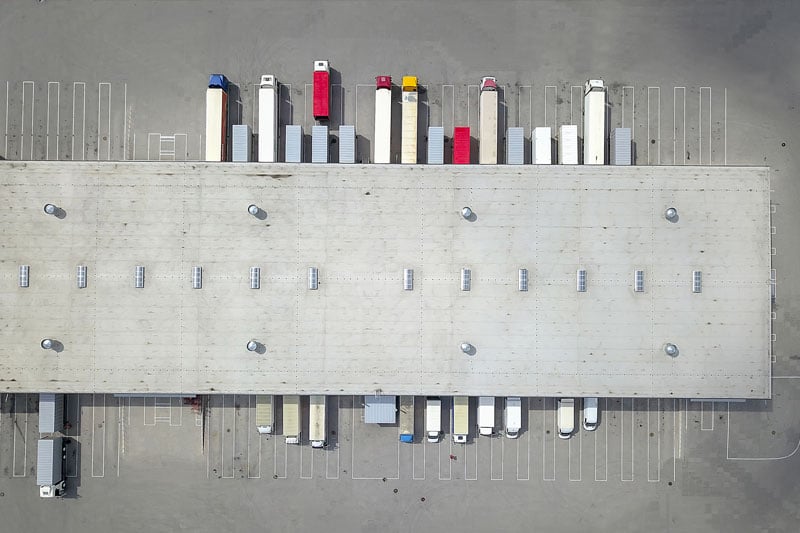
The Great Freight Shortage
As a result of the pandemic, inflation, fueling challenges, and a variety of other issues, the United States and its neighbors have experienced a severe freight shortage in the early 2020s. This has led to frequent disruption of supply chains and sapped profits from many businesses, particularly those that are larger or that have more diffuse logistics. This trend is of course a challenge for hot shot trucking, but it has also created significant opportunities for hotshot providers who are able to maintain some operational flexibility. Hot shot trucking brokers are particularly well suited to navigate and overcome the freight shortage. By coordinating large networks of vehicles and carriers, hotshot brokers can ease local shortages, connect available carriers to clients who need them, and ensure an efficient distribution of freight.

The Return of Manufacturing
After decades of outsourcing, manufacturing firms are increasingly bringing their business back to the United States. This has some downsides for hotshot trucking, notably in that it reduces demand for imported manufactured goods and, by extension, demand for emergency shipments from port cities. But it also creates a wealth of opportunities, particularly in the cities that host all these restored factories. Manufacturing operations are complex, resource- and equipment-intensive, and predicated on tight schedules; such processes inevitably create severe bottlenecks, which hot shot tucking providers are perfectly positioned to ease. Here, too, the rise of hot shot brokers is particularly important, as big-picture coordinators are in the best position to identify reshoring-related shifts in demand, alert carriers to new opportunities, and put those carriers in touch with their new customers.
Carrying On the Tradition
HotShotTrucking.com is proud to be part of the hot shot tradition and aims to bring that tradition to new heights! As a hot shot trucking broker, our role is to coordinate carriers across far-flung locations. We’ve carefully assembled a network of affiliated carriers in every state and major metro area of the United States, as well as in every province of Canada and state of Mexico. This has in turn given us access to a wide range of vehicles in the locations we serve, meaning we can seamlessly match our clients to the vans or trucks best suited to carry their items. We’ve adopted all the latest trucking technology, letting us stay in touch with our carriers and their drivers wherever they are on the continent, react quickly to disruptions, and keep our deliveries on schedule. And with our extensive experience serving clients from myriad industries for years, we’re familiar with all the challenges that JIT, reshoring, freight shortages, and other trucking industry trends bring.
HotShotTrucking.com is, in short, committed to staying at the cutting edge of what is already a dynamic field. Whenever you need an emergency delivery, just give us a call, and we’ll leverage our massive network to get your supplies to you with time to spare. For more information on our hot shot trucking services or to place your next order, visit our website today or call (800) 604-2511.
Related Blog Posts

Hot Shot Flatbed
In the hot shot trucking industry, speed and reliability are paramount. Hot shot flatbed trucking is designed to meet urgent shipping needs. In this comprehensive guide, we delve into the intricacies of hot shot flatbed services, exploring everything from the types of vehicles used to the role of technology in tracking and managing shipments. Our goal is to provide you with a thorough understanding of this vital service, equipping you with the...

Hot Shot Trucking for the Oil Industry
Hot shot trucking originated in the oil and gas industry. It was a response to the need for rapid transport of time-sensitive materials to remote drilling sites. Today, it plays a critical role in the logistics of the oil and gas sector. This article delves into the intricacies of hotshot trucking within the oil and gas industry. We'll explore how it provides fast freight and expedited shipping solutions, ensuring quick delivery of critical...
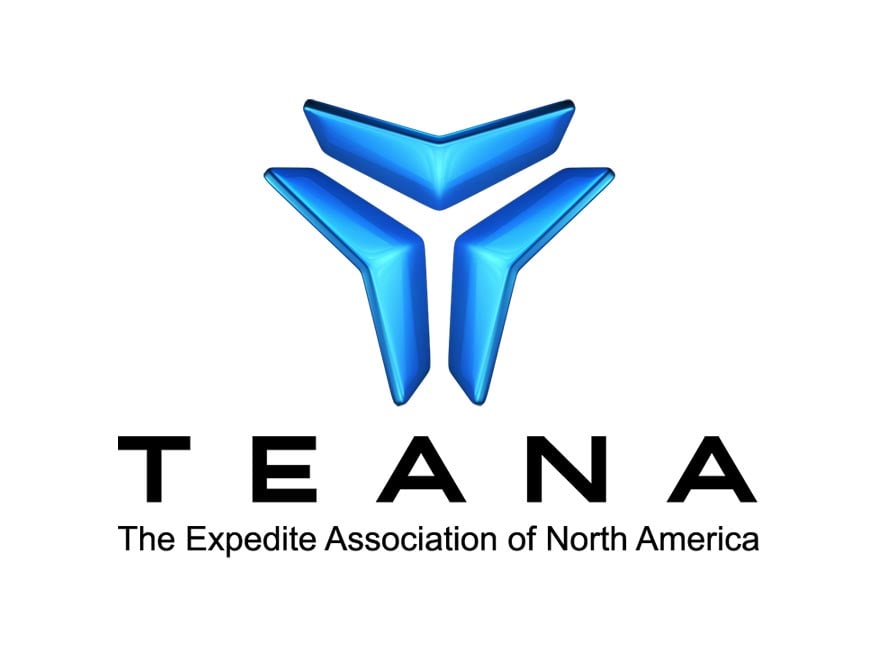
Regulatory and Legislative Update - December 2022
Contents Regulation and Enforcement FMCSA issues interim guidance on definitions of broker and bona fide agents FMCSA plans to narrow scope of emergency declaration relief ‘Interpretive rule’ clarifies applicability of regulations to passenger carriers Withdrawal of passenger inspection rulemaking confirmed by FMCSA Livestock stakeholders are denied broad HOS exemption FMCSA rejects owner-operator’s exemption from various HOS provisions Driver...
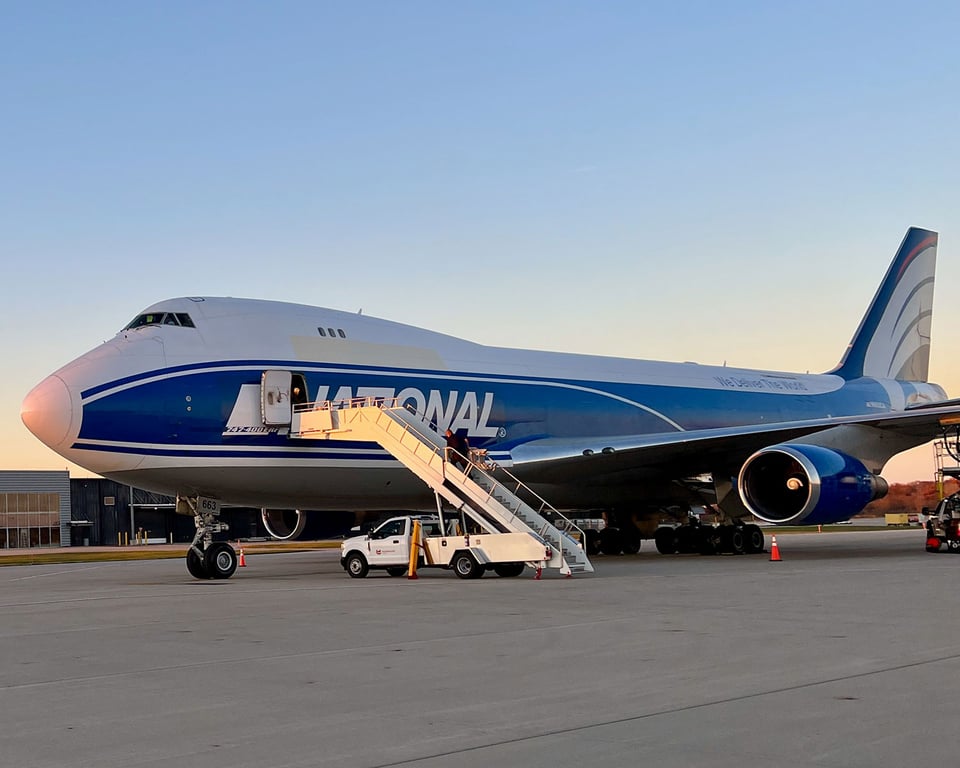
747 Freighter Air Charter to Hawaii
When it comes to providing air cargo capabilities, there is no aircraft in the world that compares with the Boeing 747 series of freighters. All three 747-400F, 747-400ERF and 747-8F freighter models in service today, are unmatched in carrying capacity, cargo handling, global reach, speed and versatility. An aviation icon born in 1968, the 747 is instantly recognizable by its large upper deck “hump”, four engines and six-story high vertical...
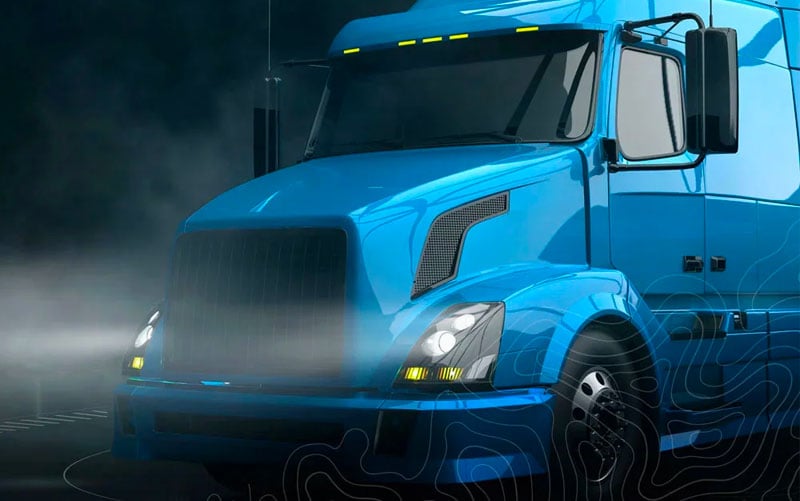
What is Hot Shot Trucking? aka HotShot Trucking
Modern business is all about strict timelines. Whether your field is manufacturing, extraction, retail, or research and development, your operations are bound to rely on a variety of activities that operate in tandem. The most minor of supply shortages can throw these activities off, potentially costing you thousands of dollars just for a few hours' delay. Success thus hinges on your ability to right the ship as quickly as possible after a...

Advantages of Dedicated Freight Services
In the expedited freight industry, efficiency is paramount. Dedicated freight services offer a solution, promising speed, safety, and consistency. Dedicated freight services involve the allocation of specific vehicles, such as sprinter vans or tractor trailers, exclusively for a single client's cargo transport needs. Unlike traditional freight carriers, dedicated freight services provide tailored solutions that align with a client's unique...
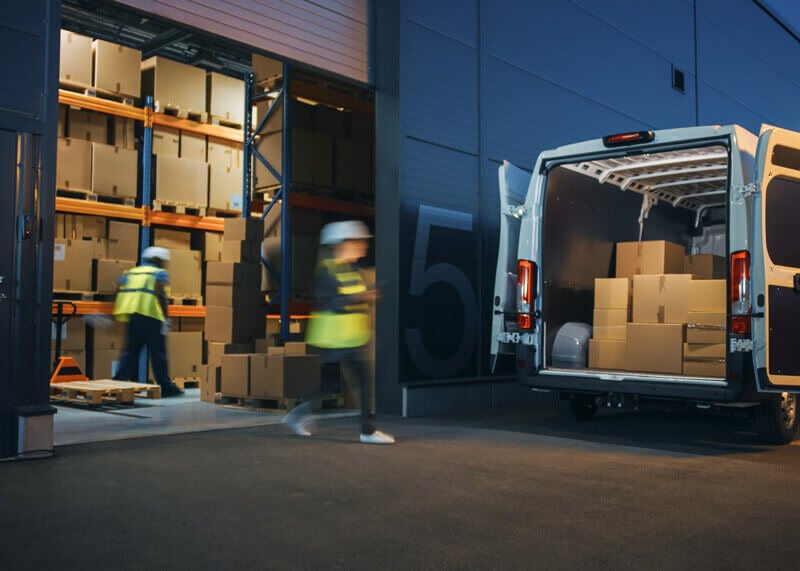
The Advantages of Hot Shot Trucking for Small Businesses
In the world of logistics, small businesses often face unique challenges when it comes to shipping their products efficiently and cost-effectively. This is where hot shot trucking can be a game-changer. Hot shot trucking offers a range of advantages that can significantly benefit small businesses, enabling them to compete in the marketplace and meet customer demands. In this blog post, we will explore the advantages of hot shot trucking for...

Regulatory and Legislative Update - September 2020
Contents Regulation and Enforcement FMCSA plans pilot programs on 14-hour window, younger drivers OOIDA, SBTC seek rulemakings to expand broker transparency Proposed HHS guidelines on hair testing would require backup alternative FMCSA retreats on carrier size analysis in Beyond Compliance study Railroads seek broad HOS relief for unplanned events IANA training now counts as intermodal inspector qualification J.J. Keller, Netradyne seek...
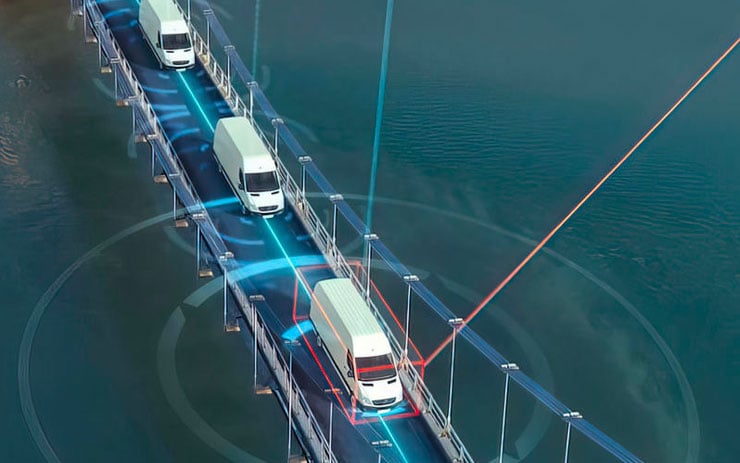
Essential Tips for Successful Hot Shot Trucking
Running a successful hot shot trucking business requires a combination of effective strategies, attention to detail, and a commitment to customer satisfaction. Whether you're a new entrant or an experienced hot shot trucker, adopting essential tips can help you navigate the industry and increase your chances of success. In this blog post, we will provide practical advice and strategies for running a thriving hot shot trucking business, covering...

Regulatory and Legislative Update - September 2024
Contents Regulation and Enforcement House panel approves bill to address FMCSA’s commercial enforcement House panel advances bill granting carrier access to driver safety history Regulation and Enforcement FMCSA once again seeks input on plan to revamp online registration FMCSA seeks input by September 26 on its periodic review of guidance documents Truck Leasing Task Force to meet in October and November FMCSA removes two devices from list of...

Regulatory and Legislative Update - November 2022
Contents Regulation and Enforcement DOL proposes to reverse Trump-era rule on worker classification under FLSA FMCSA’s COVID-19 emergency declaration ends FMCSA rejects SBTC exemption related to the language skills requirement School bus group receives CDL testing exemption regarding engine compartments FMCSA renews UPS exemption from certain ELD requirements FMCSA renews ELD exemption for motion picture-related drivers Legislation House bill...

Regulatory and Legislative Update - May 2023
Contents Regulation and Enforcement DOT to allow oral fluids testing for controlled substances FMCSA forms task force on truck leasing FMCSA says states may grant CDLs or CLPs to Mexican citizens under DACA program California mandates zero-emissions vehicles by 2042 Comment periods closing soon on SMS changes, crash preventability program Propane industry denied broad HOS exemption Alaskan ice road school seeks skills test exemption FMCSA renews...
WHAT IS HOT SHOT TRUCKING? AKA HOTSHOT TRUCKING
Modern business is all about strict timelines. Whether your field is manufacturing, extraction, retail, or research and development, your operations are bound to rely on activities that operate in tandem. The most minor of supply shortages can throw these activities off, potentially costing you thousands of dollars just for a few hours' delay. Success thus hinges on your ability to right the ship as quickly as possible after a supply shortage arises.
Industries We Serve
Modern day hot shot trucking provides the speed and exclusivity you need to meet the most demanding and time-sensitive shipping requirements. We use every resource, avenue, and channel available to ship your freight by ground or air. Designed specifically to address supply and distribution problems that arise without warning, hotshot trucking tactics involve coordinating a network of carriers in a variety of locations. By calling on the vehicles closest to your supply or distribution points, hotshot brokers can fill any sudden gaps in your supply network almost as soon as they happen. This minimizes the disruption to your business and allows you to quickly return to ordinary operations, weathering the storm without skipping a beat.
Automotive
The automotive supply chain already has significant challenges. Don’t let malfunctioning equipment stop the production line. Step on the gas with HotShotTrucking.com’s suite of services that will get you back in the fast lane. With HotShotTrucking.com, companies are devising shipping strategies to swiftly deliver critical parts and equipment — whether it's ground expedite service with sprinter vans, box trucks and 53-foot tractor trailers or air freight and air cargo.
Aviation & Aerospace
Every moment a commercial airliner sits on the ground, it costs an airline money. Expedited freight services by HotShotTrucking.com can get you back in the air with prompt delivery of parts and equipment throughout North America. We are equipped with the expertise to navigate the complexities of shipping jet engines and other types of loads, and our network of hot shot drivers has extensive experience transporting aviation assets.
Construction
One shipping delay can snowball and cause delays throughout your entire project. You need an experienced 3PL provider who understands the construction industry and has the logistical reach to deliver your freight on time, anywhere. That 3PL partner is HotShotTrucking.com. Whether in the air or on the ground via truck and trailer, we can connect companies to expedited freight services for the prompt delivery of parts and equipment throughout North America.
Mining & Metals
From cranes to chemicals to excavators to conveyor belts, HotShotTrucking.com has the experience and industry know-how required for shipping sensitive, oversized, and hazardous equipment. Third-party hot shot trucking and logistics providers such as HotShotTrucking.com specialize in devising and implementing innovative shipping solutions, ensuring mines can swiftly return to operation. We’ll pick up your shipment, deliver it to the airport and receive it at the other end – providing hand-carried service as necessary or required.
Manufacturing
Every moment a manufacturing facility or factory sits idle costs a company money because of the high costs involved. With many manufacturers building to only just-in-time production rates, any disruption threatens parts and vehicle inventories. This is where the speed and expertise of freight services from HotShotTrucking.com can make a difference throughout the entire manufacturing supply chain. We do all the logistical legwork to find the optimal solution for your job, whether it's an exclusive air charter or expedited ground shipping.
Telecommunications
From servers to cell towers, information, voice, and data must flow to keep businesses, production, and the public online and connected. When equipment goes dark, depend on HotShotTrucking.com to get your systems flashing green again. This is where the speed and experience of trucking and freight services from HotShotTrucking.com can help. Our hot shot truck network excels at the prompt delivery of parts and equipment throughout North America.
Oil & Gas
The oil and gas industry faces challenging conditions in offshore and onshore oil rigs, often in remote locations with limited infrastructure. Don’t let oil pumps or pipelines sit idle waiting for equipment. By having the right plans, parts, people, and logistics partner like HotShotTrucking.com, you can effectively mitigate plant or pump downtime, unscheduled disruptions, and equipment failures.
Cost of Urgent Shipping
Which of our specialized shipping services best fits your needs?
Blog and Resource Center
How AirFreight.com Solved a PGA Tour Shipping Emergency
Learn how AirFreight.com located a lost shipment and helped save the PGA Golf Tour.
How AirFreight.com Saved The Farm By Solving A Major Shipping Delay
Learn how we saved a Montana-based artisanal farm thousands of dollars by expediting a shipment of perishable goods.
Expedited Shipping Vendor Comparison
We’ve done the research for you. This vendor comparison sheet breaks down how AirFreight.com stacks up against the competition.

talk to an expeditor now
Get a Quote in Minutes for Your Time-Critical Freight Needs
GET A QUOTE
